THE CHURCH OF ORSANMICHELE HAS BEEN—in turn—part of a monestary, a granary, a church and a museum. Remnants like iron rings on the ceiling that once hoisted grain are reminders of its former life. During the Renaissance the various trade guilds commissioned statues of their patron saints to be placed in niches on the outside of Orsanmichele. These have been replaced by replicas and the originals moved inside to the museum.

Iron Ring for hoisting Grain
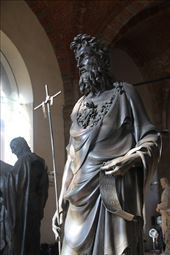
St. John the Baptist
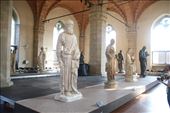
Original Guild Statues
Back at the Uffuzi I found to my chagrin that to access the second-floor exhibits you still have tomclimb all those stairs to the third-floor, then descent. Such a waste of (my) energy. The art then picks up where the first floor ended—Mannerism, it’s called—with Titian and Tintoretto through Ruebens and Caravaggio and El Greco (I know, he isn’t Italian) to Rembrandt. For some reason there is even a sculpture by Henry Moore. Go figure. It’s a lot to take in.
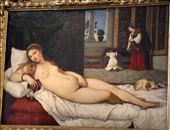
Venus of Urbino, Titian
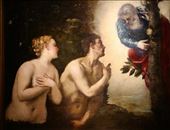
Adam and Eve, Tintoretto
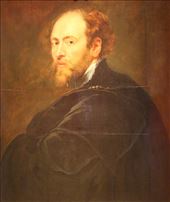
Reubens, Self-Portrait

Medusa, Caravaggio
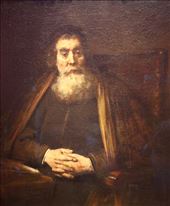
A Rabbi by Rembrandt
The Uffizi Pass also includes entry to the Opificio delle Pietre Dure, a collection of art and decor made with semi-precious minerals. Think jigsaw puzzles in stone. Some are copies of paintings, others show birds and flowers. All are amazing.
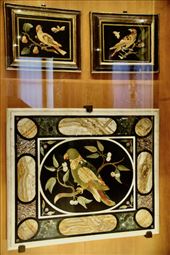
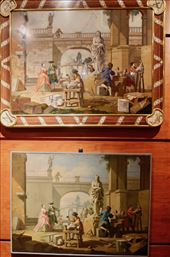
Petra Dura Birds Petra Dura after a painting